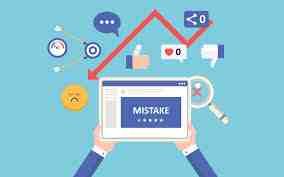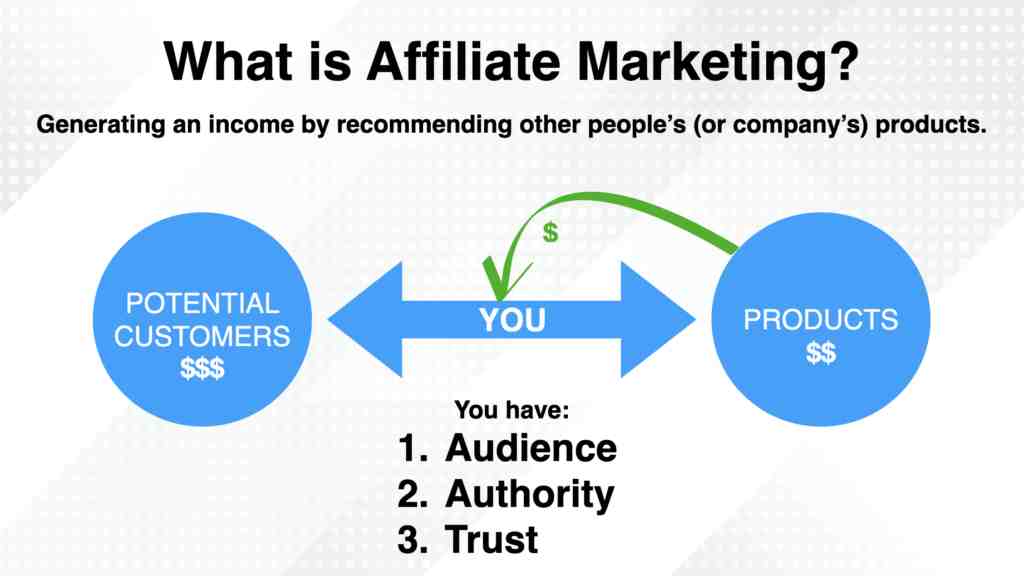The Ultimate Guide to Digital Marketing || By Teckhawks
What is Digital Marketing?
Digital marketing is simply the promotion of products or brands using digital technologies (Internet, mobile phones, smartphones, social media, etc.)
Why Digital Marketing?
The internet has changed the way people buy products and services. A lot of consumers now prefer to do business online rather than visiting physical stores. In this day and age, if someone wants to purchase your product or service then they would go online first; where they search for information about your company’s offerings and read reviews about your brand.
How Digital Marketing Works?
There are many ways through which digital marketing works effectively. Some of these include:
1. Search Engine Optimization (SEO)
SEO (search engine optimization) is the practice of making websites easier for search engines to index. By optimizing your site, you improve your chances of being seen by people who use search engines to find information online. The goal of SEO is to increase traffic to your website. There are many different types of SEO strategies. You may want to focus on getting high-quality backlinks to your site, increasing the amount of content on your pages, or improving the user experience on your site.
2. Social Media Marketing (SMM)
To put it simply, social media marketing is the use of social networks to promote products or services. Social networking sites are free tools that help people connect with others online and share information via blogs, videos, photo albums, events, messaging, etc. When done correctly, social media marketing helps promote brand awareness, generate leads and increase sales.
3. Content Marketing
Content marketing is essentially content aimed at attracting visitors to a site, including any text, audio, video, images, graphics, or interactive components. Companies use content marketing to attract users to their sites, often via paid advertisements, and get them engaged with their content.
4. Google AdWords
AdWords is a platform that allows businesses to advertise online and pay only if they get results. You can use it to find customers who want what your business offers. You just have to make your account and set daily budget to run ads campaign.
5. Facebook Ads
Facebook ads allow you to target specific audiences based on interests, demographics, age range, location, and other factors. They’re a great tool for reaching out to potential customers.
6. Instagram Ads
Instagram ads work similarly to Facebook ads but they have some additional features. These include the ability to add multiple images and videos to your ad, create custom audiences, and run campaigns across both platforms.
7. Email Marketing
Email marketing helps build a relationship between you and your customers and helps increase brand awareness among your target audience. You can also utilize email marketing to reach out to current customers, remind them about upcoming offers, and even introduce new products and services. Email marketing works well for both B2C (business to consumer) and B2B (business to business).
8. SMO (Social Media Optimization)
This is a type of internet marketing where you can optimize your social media platforms like Facebook, Twitter, LinkedIn, Instagram etc. to increase traffic. This helps you reach out to a large number of people without spending much money.
9. PPC (Pay Per Click)
You have probably seen these ads popping up on your Facebook page, Google search results, or even on your newsfeed. These ads seem like they are trying to sell you something, but what exactly? You know how much you pay for your cable bill each month, right? Well, PPC ads work pretty much the same way.
The first step in PPC marketing is finding a website that fits your target audience's demographic and interests. Then, you need to find keywords that people use to search for information about the products or services you offer. If you're selling makeup, you'd likely want to look for terms like "makeup," "beauty tips," or "lipstick." After that, you'll need to select the best ad format based on the type of product you're selling. You could choose to run text-based ads, video ads, or image ads. Each option has its own set of pros and cons depending on your goals.
10. Conversion Rate Optimization (CRO)
CRO is the practice of measuring how well various elements of your web pages contribute to conversions (visitors who take action). CRO includes everything from page layout to color scheme to headlines to calls-to-action.
Benefits:
- Digital marketing can be used to reach out to customers through different channels. Some examples include social media, websites, blogs, videos, e-newsletters, emails, apps, etc.
- Digital marketing helps businesses build their brand image and increase sales.
- Digital marketing allows companies to target specific audiences through content creation, distribution, and promotion.
- Digital marketing provides real time feedback about its effectiveness.
- Digital marketing is cost effective.


